Cart
Your cart is empty
For true coffee lovers, a cup of perfectly brewed coffee starts with freshly ground beans. The coffee grinder is an essential tool in the pursuit of coffee perfection. However, with the myriad of options available on the market, selecting the right coffee grinder can be a daunting task.
In this article, we’ll get deep into the key factors and considerations that will elevate your coffee grinding experience to new heights.
Subscribe
To join our mailing list and never miss event update!
Different Types of Coffee Grinders
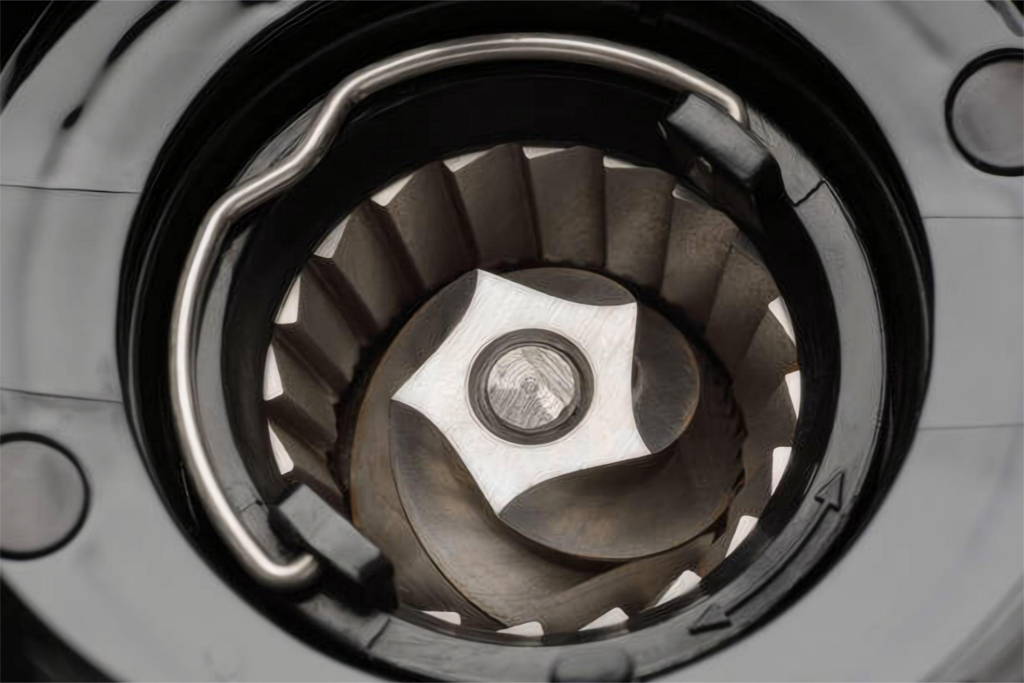
Grind Size and Consistency
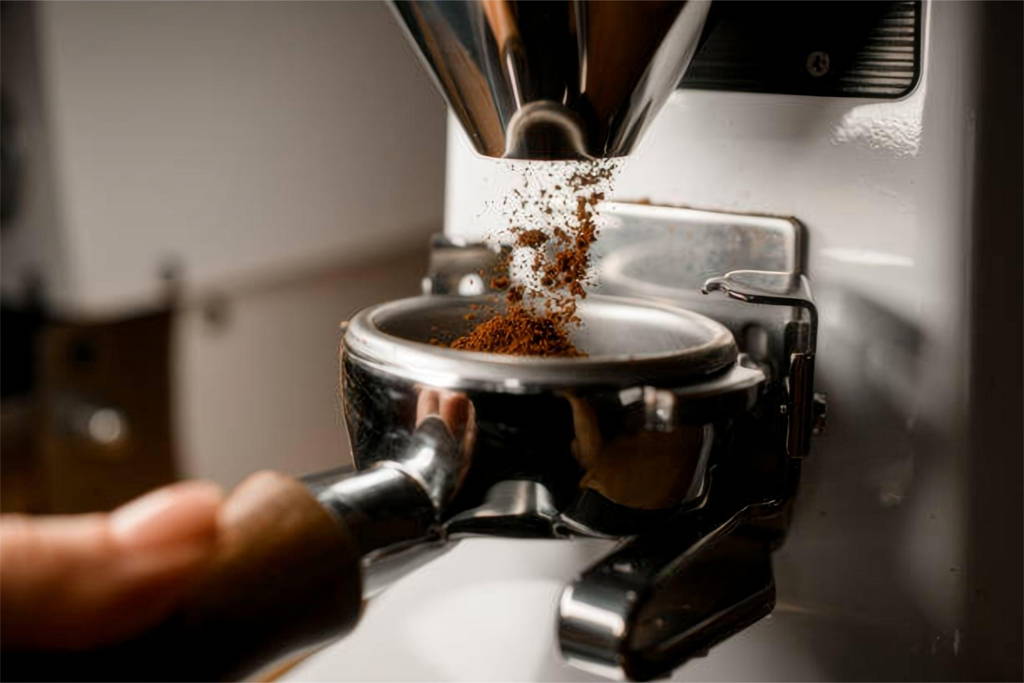
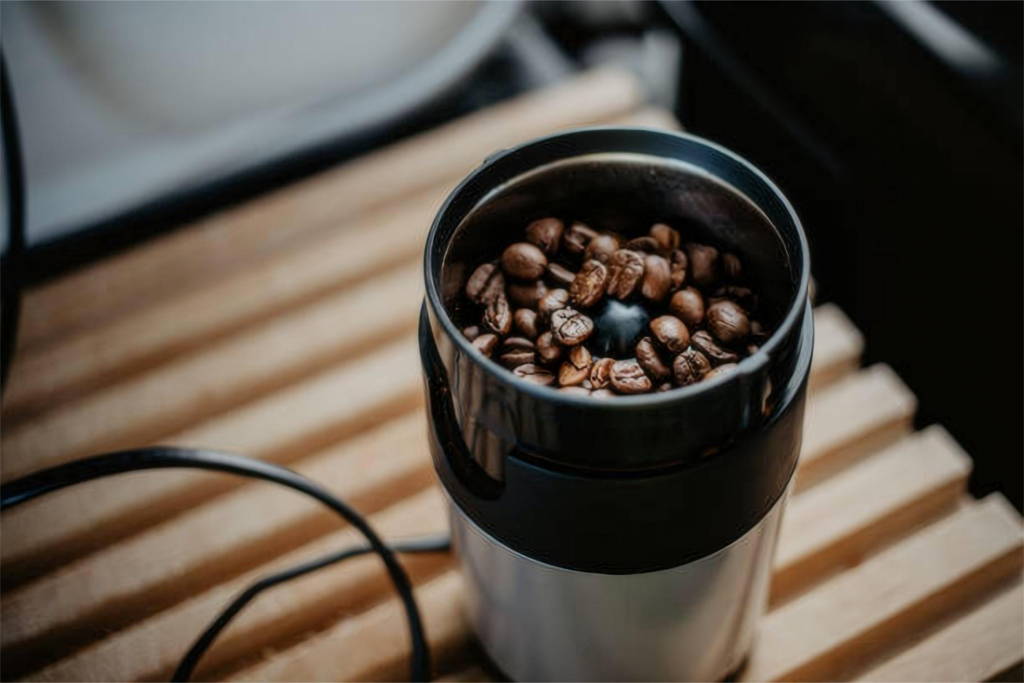
Grind Time and Temperature
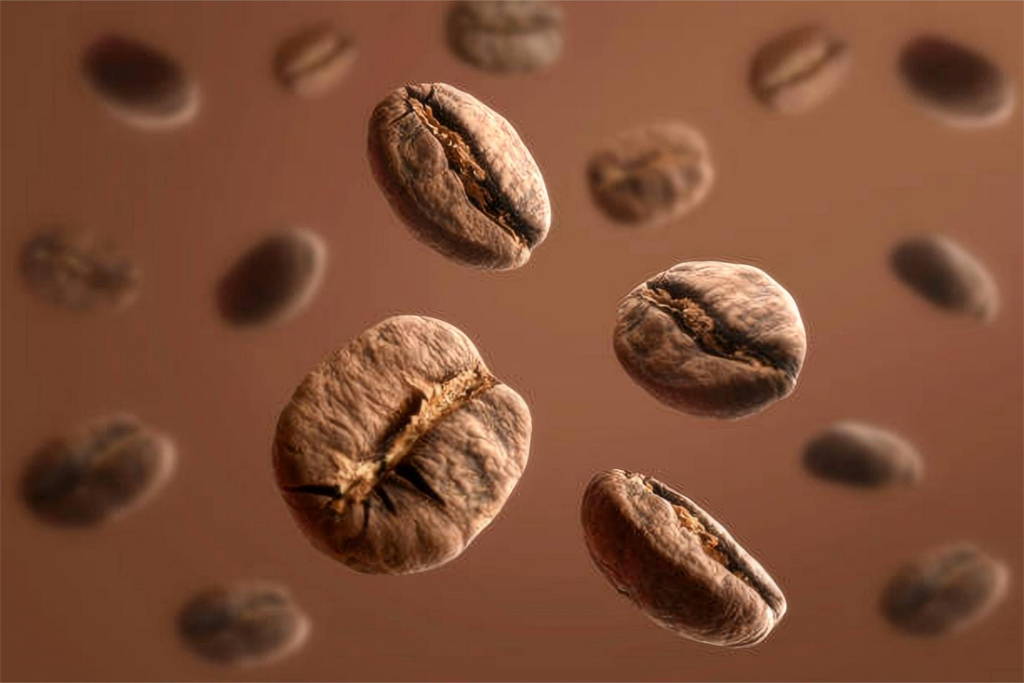
Materials and Build Quality
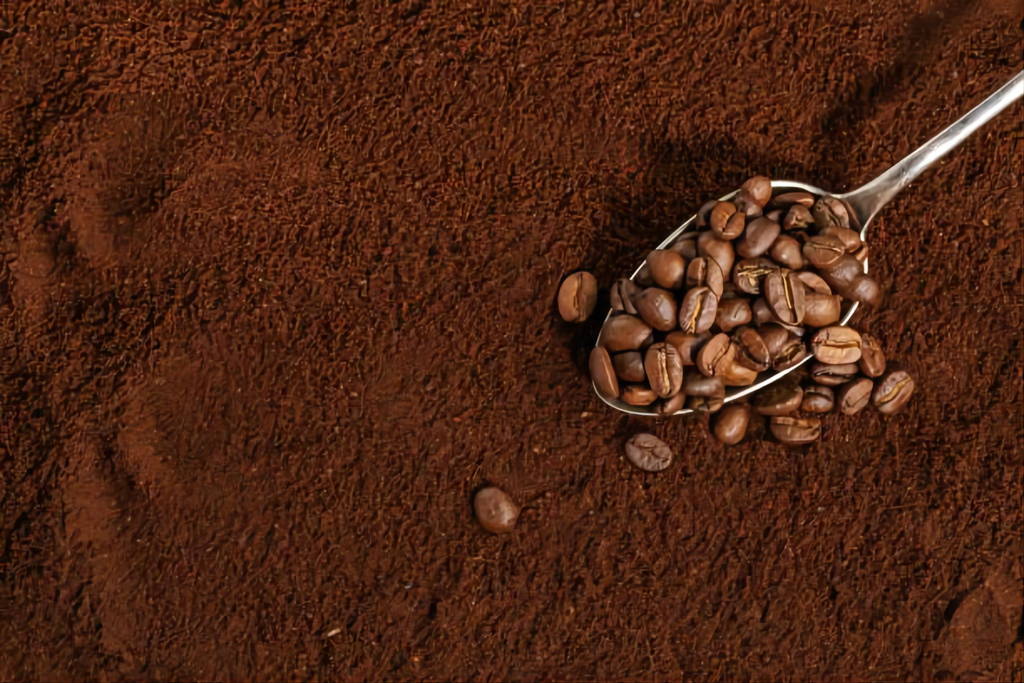
Hopper Capacity and Bean Storage
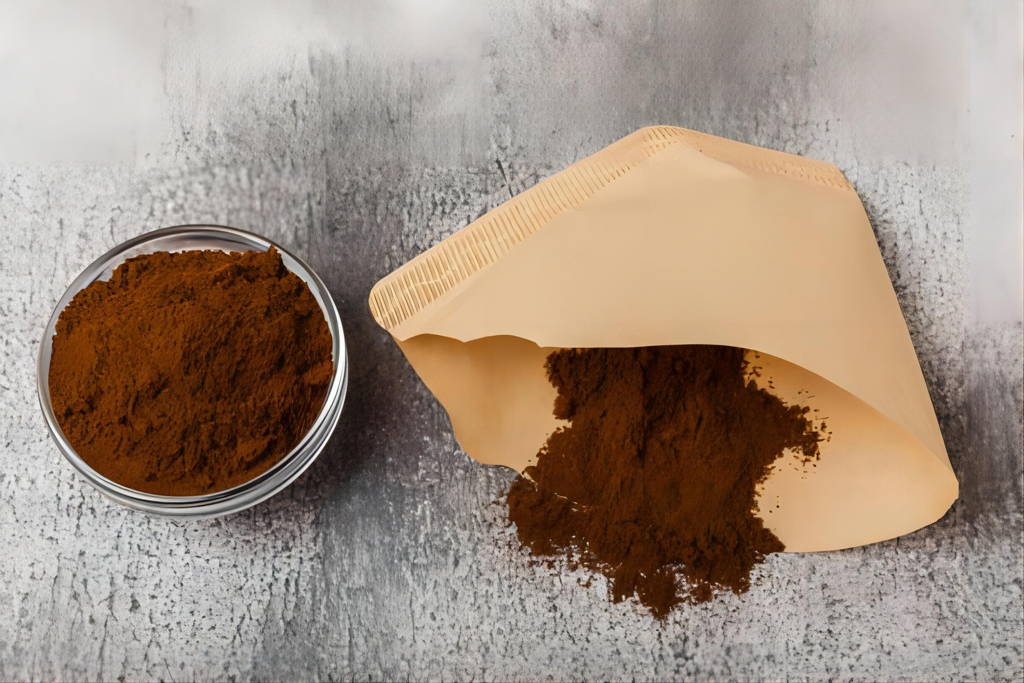
Noise Level and User-Friendliness
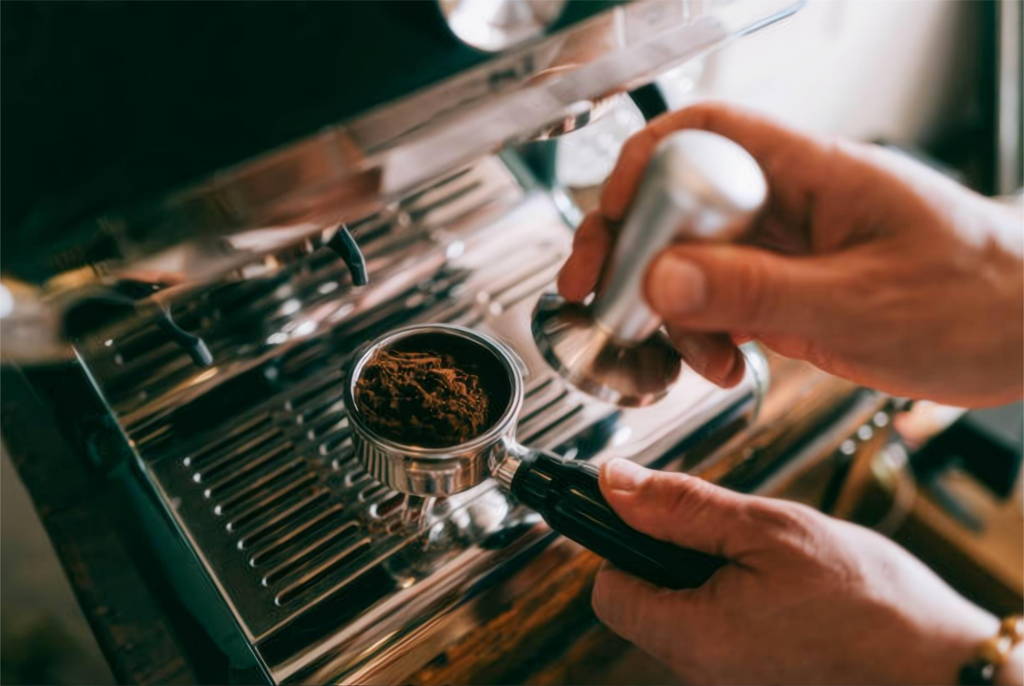
Choosing the right coffee grinder is a crucial step towards elevating your coffee experience.
By understanding the different grinder types, grind size consistency, materials, and user-friendly features, you can pick the best coffee grinder!
Subscribe
To join our mailing list and never miss a baby update!